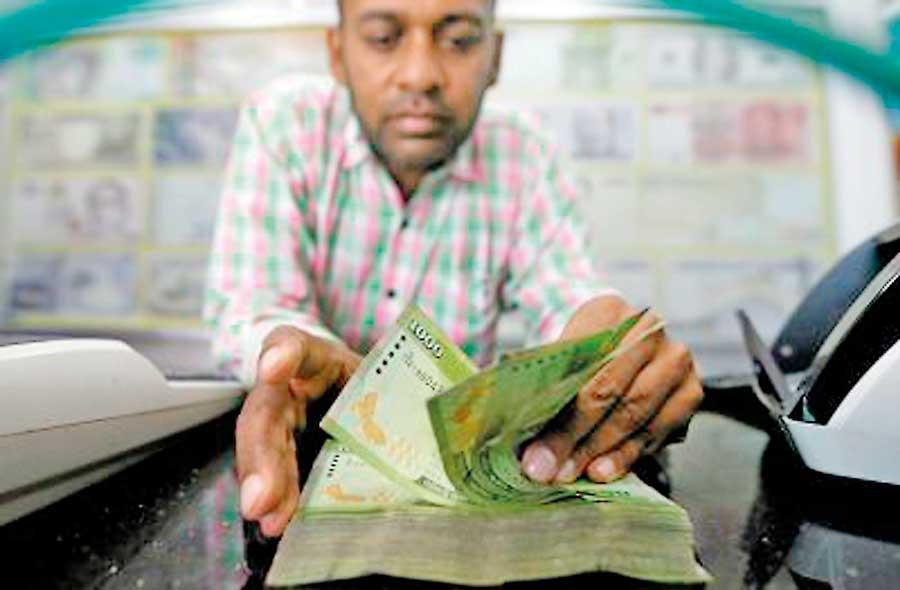Reply To:
Name - Reply Comment
Last Updated : 2024-04-19 14:00:00

 The post-millennium surge in global remittances — amounting to a net transfer of US$ 689 billion to the global south in 2019 has courted significant policy attention around prospects for ‘migration-development’.
The post-millennium surge in global remittances — amounting to a net transfer of US$ 689 billion to the global south in 2019 has courted significant policy attention around prospects for ‘migration-development’.
The World Bank and the Migration Policy Institute have heralded temporary labour migration as a ‘triple win’: a win for migrant workers, for the countries they hail from and for the countries they work in, with remittances positioned as the pivotal boon for migrant households and countries of origin.
The argument assumes that remittances allow poor households to overcome poverty and make investments while providing much needed foreign exchange earnings at a macroeconomic level.
But the weight of evidence suggests that the picture might not so rosy, particularly for ‘remittance economies’ that have become dependent on a strategy of migration instead of development.
Reliance on temporary labour migration
Sri Lanka is one such remittance economy that has become increasingly reliant on temporary labour migration. The last headcount conducted in 2011 showed that Sri Lanka’s temporary migrant workers numbered over two million, equivalent to roughly a tenth of the country’s total population and a quarter of the local workforce at that time.
Combined remittances amounted to US$7.16 billion in 2018, approximately 8.25 per cent of GDP and equivalent to 63 per cent of all goods exports. Remittances provide a larger share of foreign exchange earnings than the country’s three largest export industries combined.
The work itself typically entails long hours, hard labour, low wages and few rights. Migration of this kind is a costly gambit both financially and interpersonally. Prospective workers must pay substantial upfront recruitment fees to arrange their foreign employment, often necessitating usurious loans from local moneylenders. Under the notorious kafala system their visas are tied to a single employer who can delay or withhold payments with relative impunity given the dearth of legal recourse for aggrieved workers.
Even if these financial risks are weathered, multiple three-year stints are often required to amass meaningful savings, entailing decades of separation from family and community. As in the Philippines, the government of Sri Lanka has labelled these workers ‘migrant heroes’ to celebrate their sacrifice as agents of development for kin and country despite falling considerably short of sustainable development outcomes.
Interviews with returned migrant workers in Sri Lanka indicate that migration is primarily a subsistence livelihood and that remaining remittances are rarely spent on business activities. Instead they are used to construct housing, for education and healthcare or to purchase consumer durables and jewellery.
Those who do start businesses typically pursue self-employment — opening a corner shop or operating a taxi — that substitute for the availability of a job rather than involving expansion or reinvestment, ideas conjured up by notions of ‘migrant entrepreneurship’.
Remittance spillovers to local communities are also minimal beyond the construction sector, with demand instead routed toward the urban economy and imported goods.
At the macroeconomic scale, total foreign exchange receipts of these transfers help to maintain currency stability amid a persistent trade deficit.
Maintaining a strong rupee has certain advantages: it helps finance imports and repay external debt accrued through developmental loans. Yet, the Dutch disease effects of remittances place additional constraints on how these developmental loans are spent. Sri Lanka’s already anaemic export sector has collapsed thanks to increasing remittance inflows — dwindling from 35 per cent of GDP in 2000 to just 13 per cent in 2017 — with investment moving from the tradeable to the non-tradeable sector.
Pork barrel infrastructural projects
Hamstrung by an overvalued currency, government spending has not been earmarked for industrialisation or export diversification which are both central to Sri Lanka’s developmental roadmap. Spending has instead been used to finance a variety of pork barrel infrastructural projects built with Chinese loans and labour including a loss-operating port and the world’s emptiest international airport.
Here, migration not only acts as a ‘release valve’ for local unemployment and latent discontent but indirectly finances a vision of development that is manifestly non-inclusive.
Remittances are not yielding sustainable development outcomes for households or the national economy but fostering a deepening reliance on a volatile and extraneous source of foreign capital. Sri Lanka ultimately has three levers with which to address its relationship with temporary labour migration: by deregulating, delimiting
or diversifying.
Deregulation has been State policy since 1977 and has overseen bourgeoning foreign employment leading to the present impasse.
Delimitation has been explored since 2013 but only insofar as imposing patriarchal restrictions on the mobility rights of women with young children — a policy that has been widely condemned for being both discriminatory and ineffective.
Diversifying away from migration and investing in local industries requires a jarring break from the path dependency of the remittance economy.
The ever-increasing remittances needed to maintain the currency and repay existing loan obligations means that local employment generation threatens to kill the proverbial cash cow. Yet it is perhaps the only option that offers hope for having the choice not to migrate and still make ends meet.
(Courtesy East Asia Forum)
(Matt Withers is a Research Fellow at the Department of Sociology,
Macquarie University)

Add comment
Comments will be edited (grammar, spelling and slang) and authorized at the discretion of Daily Mirror online. The website also has the right not to publish selected comments.
Reply To:
Name - Reply Comment
On March 26, a couple arriving from Thailand was arrested with 88 live animal
According to villagers from Naula-Moragolla out of 105 families 80 can afford
Is the situation in Sri Lanka so grim that locals harbour hope that they coul
A recent post on social media revealed that three purple-faced langurs near t